My senior year of college, I decided to take a costuming class as an elective. I knew we had the opportunity to create dance wear, and I wanted use my final college credits with a nice relaxing class. Sewing machines weren’t foreign to me, I had sewed a pillow when I was younger, as well as a small teddy bear. Obviously tons of experience… I figured I was all set. My vision was to make a deep purple leotard with a skirt; something I was actually hoping to wear for my senior project performance later that semester.
Much to my surprise at the time, this costume class was exponentially harder that I thought and probably created more frustration that any other class in college. The intricate details of measuring seams, cutting fabric and sketching were overwhelming. I have memories in the costume room with thread winding in and out of the sergers, creating knots so big I had to cut everything out and start over. I spent countless hours outside of class finishing up my final project; befriending the seam rippers and asking my teacher for help. Needless to say, I did finish my leotard and skirt, but decided it would be better not to wear it for my senior project.
From my experience in college, I have come to appreciate costume design so much more. Sarah Thea is a New York City costume designer that I met through New Chamber Ballet. Her work is phenomenal, and I am completely in awe of the creativity of her designs.

Pulp Verite by Bailey Carr
What sparked your desire to work in costuming, and especially with dancers.
I entered into performing arts schools as a child and began learning about costume design for the theatre at a very early age. When I moved to New York City, one of the first projects I worked on was collaborating to design and construct dance costumes. I think this was my first dance costume experience and I fell in love.
How does the collaboration work with you and the choreographer? Do you present ideas and the choreographer/director chooses, or for the most part are you given information and guidelines.
It depends on the project. Usually, I sit in on a few rehearsals and then have a meeting with the choreographer. We talk about the feeling and/or story of the piece, physical requirements of the costumes, and what we need to see in the costumes to communicate those feelings. After that, I move forward into research and sketches, and we discuss those images along with color palate over another meeting.
Other times the choreographer may have a clear vision of what the piece is, and what it needs to look like. In which case, I jump right into sketches and we proceed from there.
What was your most enjoyable project to work on and how long did it take you.
Tricky question– I love what I do, and each project is different. I think I most enjoy projects where I challenge myself. Recently I’ve been trying to bring my fine arts background into my costume design. With that said, what stands out to me is the costume design process for New Chamber Ballet’s Raw. I had a great time from the start of the collaboration to the final product of two uniquely patterned, hand painted unitards. I spent nearly 100 hours on the costumes from the initial design meeting to the finished product.
Are you a performer as well? (actor, dancer, singer)
I have a great time working with performing artists, however I am not gifted in that way.

Headshot by: Nathan Gene
Main photo of New Chamber Ballet dancers by Sarah Thea
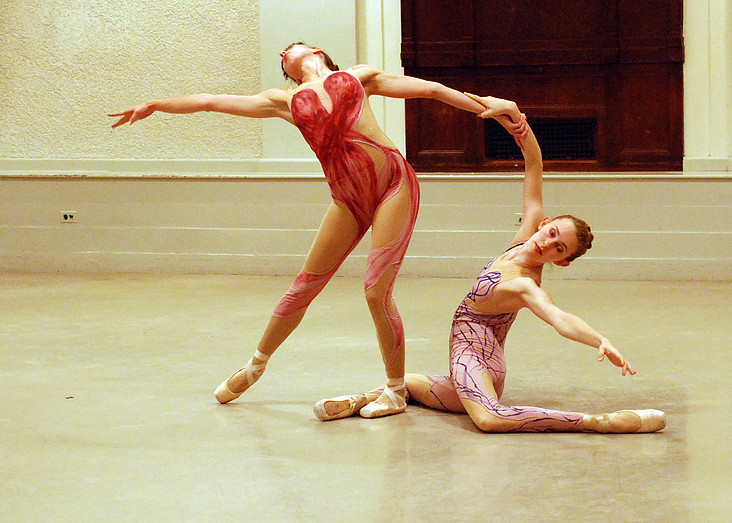
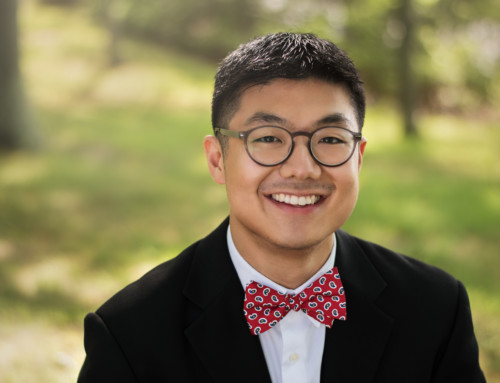
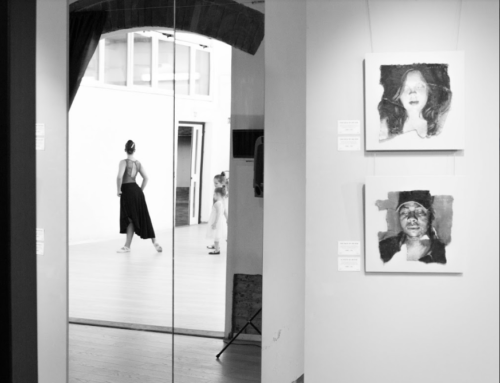
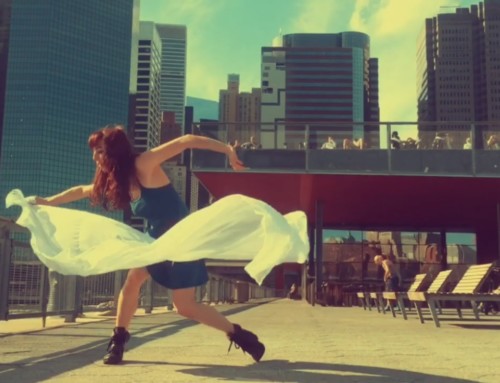
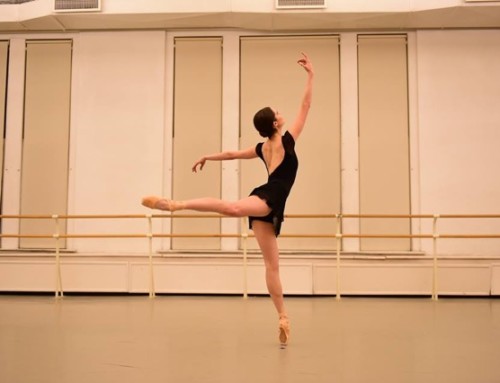

Leave A Comment